It’s March 2023. I’ve just arrived in Birmingham for the All England Badminton Championships. As usual, I’m excited for what the next few days will teach me, the old friends I will be meeting, the new friends I will be making and the new gear I will be seeing. What I didn’t expect, was to be asked to sign a non-disclosure form before being escorted to a locked room, where I was shown one of the prototypes of the new Yonex Nanoflare 1000Z. I had this all yellow racket in my hands and was hearing how two players were wielding black versions of this racket until it officially launched in June.
Swiftly moving on a few months, to Thursday, 15th June, the day before launch and a box containing the Nanoflare 1000Z finally arrived. As I opened the box and gazed at the racket, something was different. The head colour wasn’t yellow as expected, but primarily black with yellow decals.
It looked fabulous. It will also be available in “Tour,” “Game” and “Play” versions.
Technical Specification (from Yonex website):
Yonex Nanoflare 1000Z – Background
I have both the Game and Play versions.
This got me thinking about previous Yonex badminton rackets painted yellow. I recalled the Musclepower 99 and the Arcsaber Z Slash. Both of these were fabulous rackets and tremendously popular amongst players. I’m now hoping Nanoflare 1000Z can repeat the successes of these two giants of the past.
A quick look at the frame and its wide and aerodynamically thin. We have seen this combination from Yonex in the past recalling BW30 which was incredibly fast. Carbon technology has significantly advanced since those days so I expect this racket will be considerably stronger that previous widebody series.
I think we better find out, it’s time to get stringing…
(If you would like to watch a quick summary video review, I have included one at the end of this article)
On To My Review
All high-end Yonex rackets arrive unstrung and without a cover. This Nanoflare 1000Z is a 4U (80-85g) G5 model. This appears to be the most popular combination amongst players these days. I wouldn’t be surprised if Yonex eventually focusses on 4U with G5 or G6 versions in the future.
The racket head is finished primarily in black with yellow features at the top of the head, the throat leading to an all yellow shaft, ferrule and grip. There are black and purple decals on the shaft and little bolts of lightning decals. There’s a little confusion about the name of this racket as my official Yonex delivery note lists it as Nanoflare 1000Z Lightning, which correlates with the “Strike lighting” marketing that has taken place.
I restrung the racket in Yonex BG80 Power at a tension of 28lbs, which is the maximum recommended. The racket took the tension easily and I suspect there’s another 15% margin the professional players will push for. Previous widebody frames were breaking at tension above 24lbs, so I’m pleased we will not be seeing a repeat with 1000Z.
The string pattern for Nanoflare 1000Z is the standard 2 loop pattern found on the Nanoflare 700.
It’s Hitting Time
This racket is:
- a stiff flex, slightly head-heavy, widebody
- balance point is 310mm
- with string, the racket weighed in at 87g. (I recorded the same weight for the “Game” version)
The aerodynamic frame feels very fast so let’s see how the Nanoflare 1000Z performs.
Overhead Performance
This racket has really surprised me. Initial feel is a highly manoeuvrable frame with some head weight, although not as heavy as say, Astrox 100ZZ, my comparison racket.
Why the surprise?
Behind the noticeable increase in head speed, I was surprised how much additional racket I could feel behind the shot, due to the wide beam. In some ways, this provided extra punch/feel behind the shot.
What has followed over a number of weeks in comparing 100ZZ, 1000Z and the Game version is how much I love this racket.
What we have here is a frame which moves very fast whilst carrying substantial bulk behind the shot without losing out from an aerodynamic perspective. It’s a unique combination and unique feel.
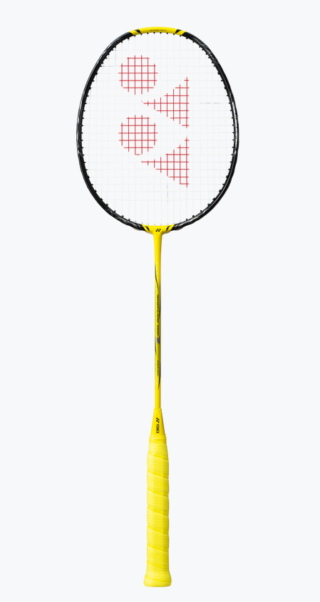
The slightly lighter and aerodynamic frame allowed me to use my hands faster without compromise on control. For me, the combination felt wonderful and provided a superior experience in my attacking game. Smashes felt harder, flat game was sharper and the range of drop shots was sublime.
Defence
Swing speed on defence was similar to Arcsaber 11 Pro but with the added control that the additional feel provides. I’m not getting any younger, so I’ll gladly accept any advantage a racket gives me. Nanoflare 1000Z definitely enhances my defence.
Net Area
It’s no surprise that this racket is fast around the net. The racket moves so well for delicate shots, again adding that little extra behind the shot to provide a solid platform on touch. As a number of my students commented, “it’s as if you can feel every shot better,” and that’s what I believe lies behind the heart of Nanoflare 1000Z.
Yonex Nanoflare 1000Z – Summary
Readers of my reviews know that I rarely comment on the technology behind a frame. Who cares what it really is, what it’s named and why it’s supposed to make the racket better. What is important is how a racket feels and plays.
Nanoflare 1000Z is a breakthrough from Yonex. I expected Yonex to replace the Nanoflare range with a new name, new “technology.” Instead, they have cleverly kept the name but I suspect, we will see new rackets emerging to replace the existing line. Yonex, created the technology to make a fast frame even better.
Top-of-the-range rackets tend to be very stiff and this may not suit the majority of players, who require more flex. Nanoflare 1000 has been released with four versions, Z, Tour, Game and Play, virtually identical in looks. Having tested Game version alongside Z, I suspect this racket will be very popular. It looks identical to the Z but is not made in Japan, does not have the same technology and materials, but has the benefit of medium flex shaft. If I was Yonex, I’d also release the Game version with the same medium flex, upgraded technology and materials and possibly call it the new Nanoflare 700 pro (assuming Yonex will now upgrade the entire Nanoflare range in line with Astrox and Arcsaber.)
For me, Nanoflare 1000Z is a triumph.
I’m not just saying it, I absolutely love it and decided to make the switch away from Astrox 100ZZ, shock, horror.
I still retain one 100ZZ in my bag and every now and again use it just to check I am feeling the new Nanoflare the same way. Each time, Nanoflare 1000Z wins the day. It’s become more of an extension of my hand than I thought possible.
RRP on this racket is a hefty £230 but is already available with discount for around £207. Initial stocks are limited and as a write this, many of the Online retailers have sold out. I suspect pricing may reduce further when stock levels ease in 2024.
I’m not keen on such a high price for a racket, especially for doubles players who are worried about clashing with their partner. Badminton rackets are also becoming as expensive as tennis rackets. Surely that shouldn’t be right.
My rating on the Yonex Nanoflare 1000Z is a big five stars gold.
Yes, it matches Astrox 100ZZ but I suppose the question is can it really get any better? Who knows, but at this moment, I believe Nanoflare 1000Z has earned a place on the racket podium, due to the amazing feel it generates on every shot.
I also appreciate, it won’t be everyone’s favourite, as every player feels a racket in a unique way.

Whilst 1000Z has already sold out once from initial stocks, I suspect it will be incredibly popular for some time resulting in constant pressure for retailers to supply. If you get the opportunity to try it then do so, but I would also test the Game version alongside it. Whilst the Game is missing the extra feel from the frame, the additional flex may provide better comfort.
For me, 1000Z puts a bigger smile on my face. Isn’t that enough…
Video Review
Would you like to receive an email when I next release an article or video?
Join my email community:




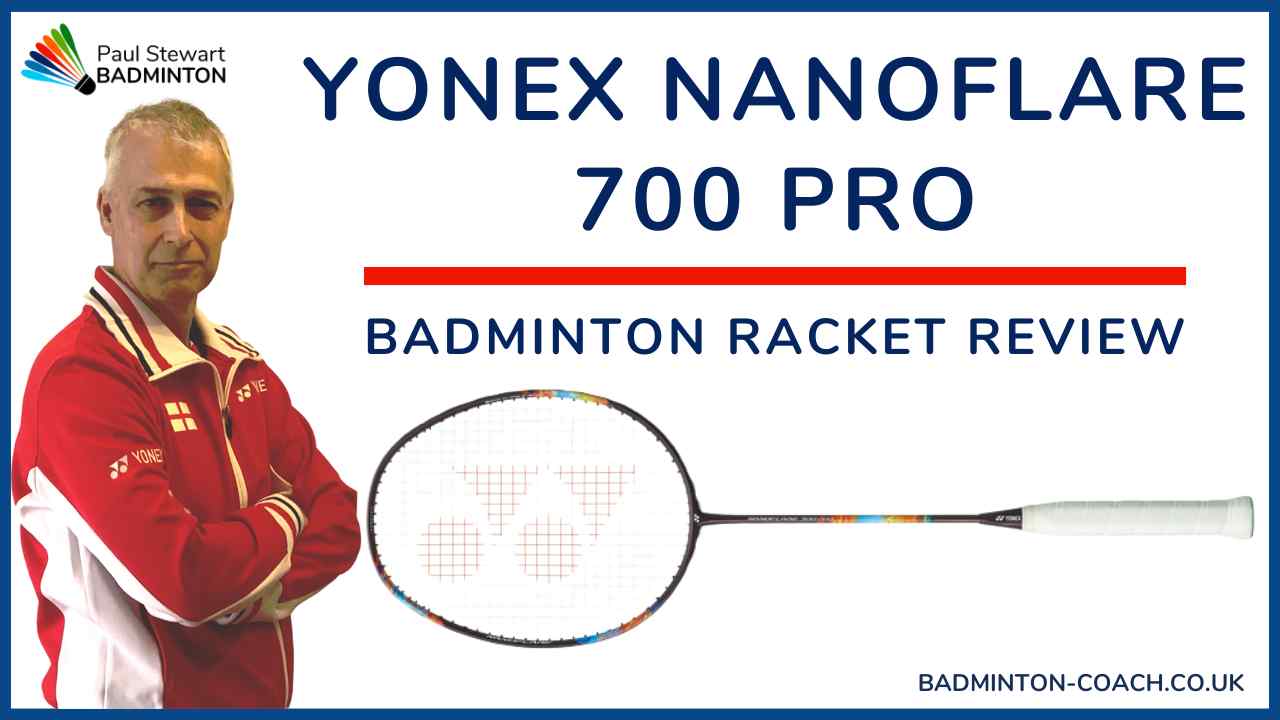
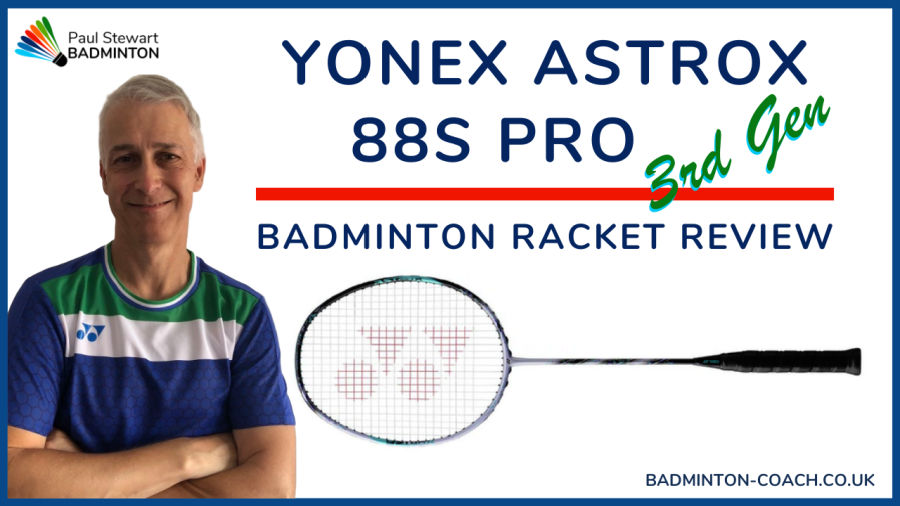


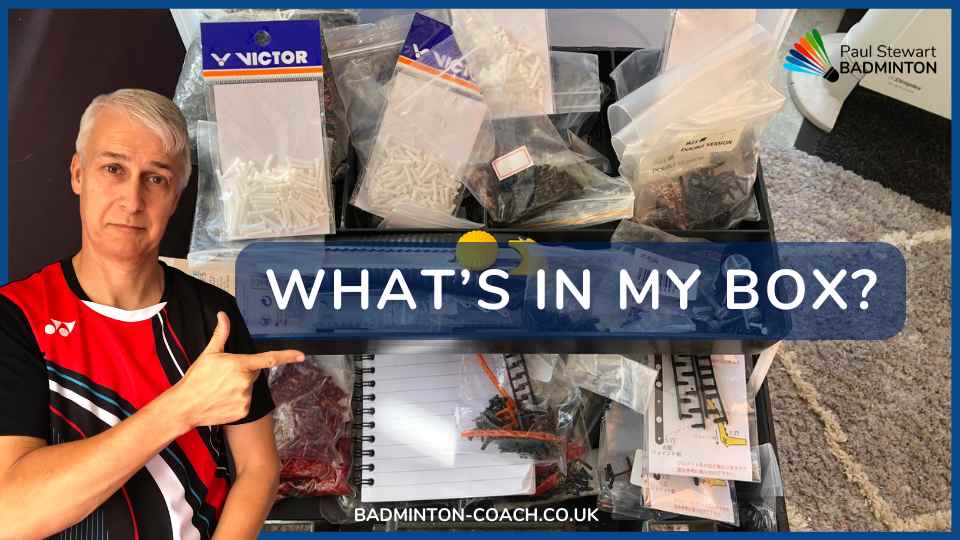

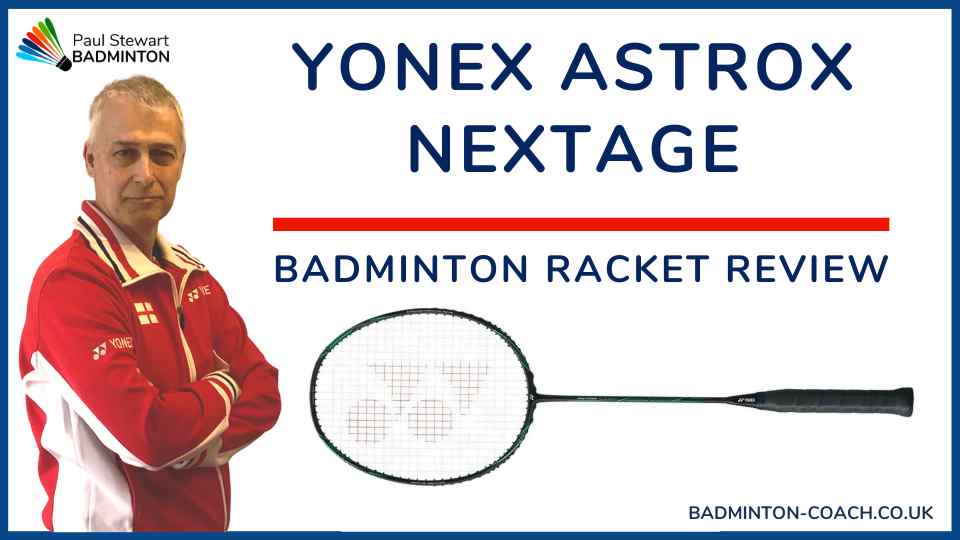

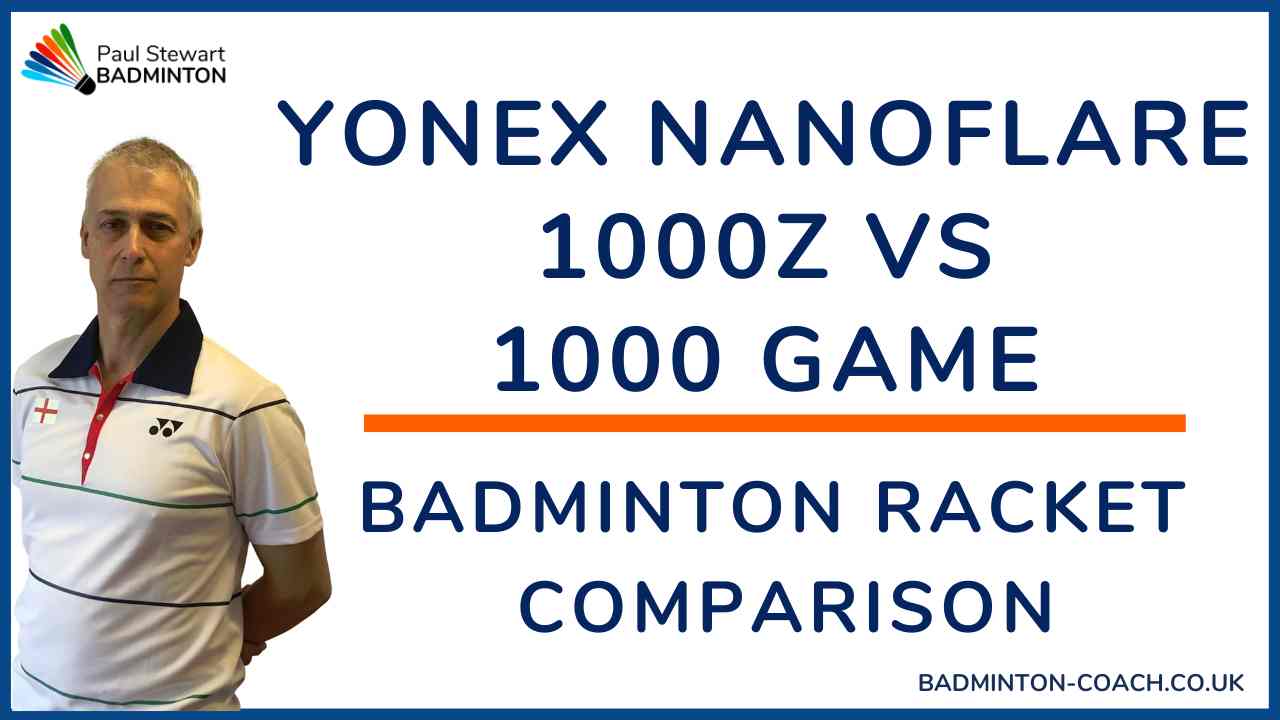
Hi Paul, I noticed in this specific article you mention the balance point of the nanoflare 1000z. I want to know how you measure the balance point of the rackets? I want to know this because I think that the balance point of the racket can change after stringing. Furthermore I also think that the balance point can also be altered using towel grips.
[…] the racket here is a supposedly medium flex, and it is a more head light racket compared to the 1000 and the 800 Pro, which was launched last […]
[…] Yonex Nanoflare 1000Z […]